A green greatness on the island Zamalek is a banyan tree: an eminence that rests on the grounds of Cairo, with large limbs and branches that cascade down to its roots.
On the cobbled path in Zamalek sits the 150 year old tree whose serene shadows provide hues of safeness and warmth in the midst of a town busting at the seams.
Its roots carry the history of Egypt’s Khedive Ismail, who imported banyan trees from India in 1868.
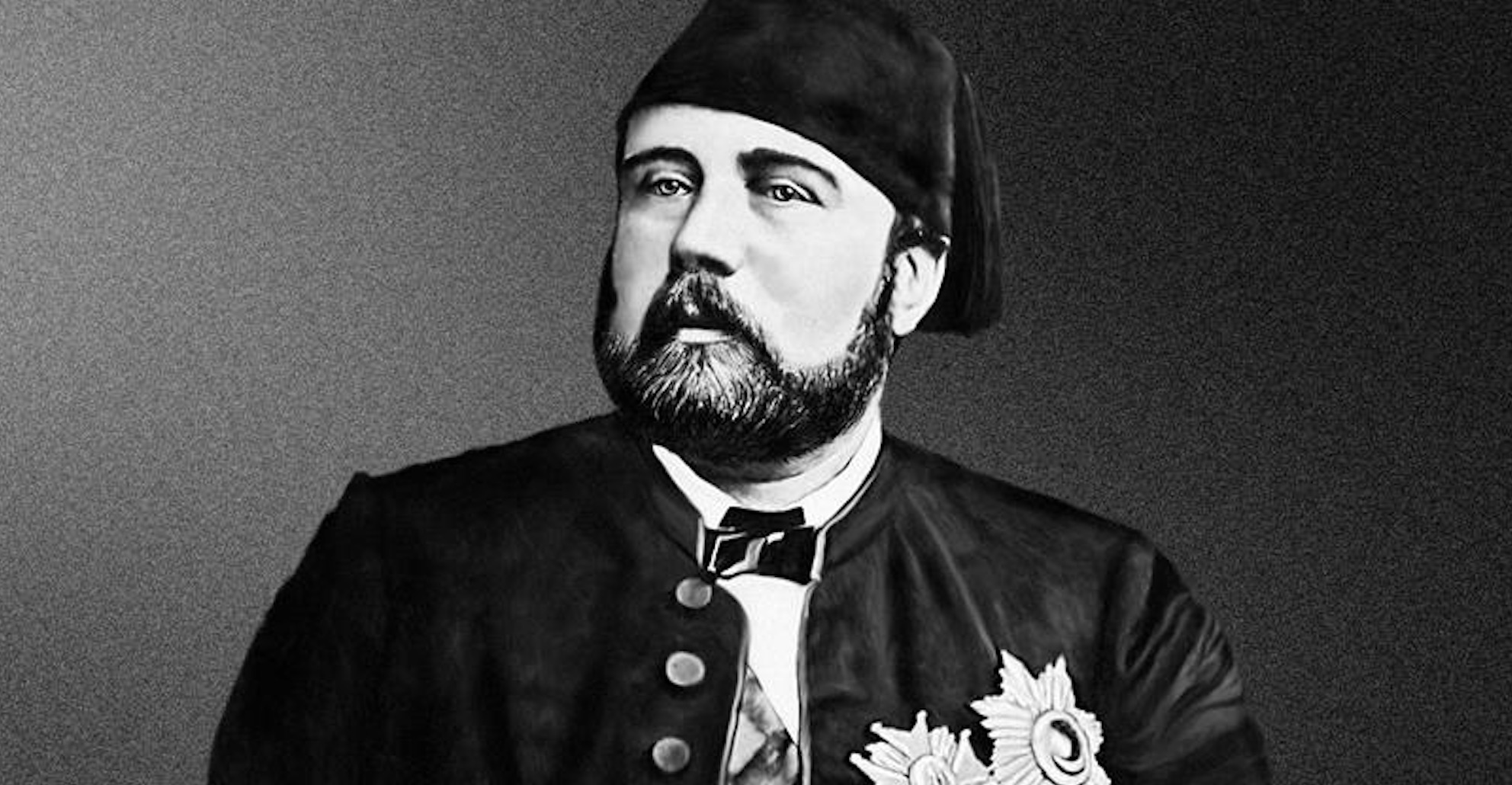
These perennial trees, also known as the Indian banyan or banyan fig, are native to the Indian subcontinent. The tree often towers up to 30 meters, and its grandeur is mainly attributed to its aerial roots that are sent downwards, thus creating branch-like pillars that resemble tree trunks.
As passengers make their way through Al Borg street to reach the Cairo tower, they are greeted by India’s native tree that is believed to be the last standing one in Egypt.
Ismail was inspired by the West, having completed his education in Europe, he sought a more congenial atmosphere of a modern Egypt.
Swayed by the splendor of European richness, Ismail hired French architects, engineers, and urban planners to help build a modern Cairo, better known as Khedival Cairo.
“He obtained, in one capital and another, an intimate acquaintance with the civilization of the West, and stored his mind with all those pictures of European development that, though the result of centuries in Europe, he thought might be reproduced in Egypt within his lifetime,” explains John Bowen his journal article The Conflict of East and West in Egypt.
The exotic banyan trees were originally planted across Cairo, mainly in the areas of Garden City, Azbakeya, and Zamalek.
On Rhoda island, the Prince Muhamed Ali Palace in Manial, also known as the Manial Palace, houses a beautiful banyan tree as well.
Prince Mohamed Ali, Ismail’s grandson, continued the grandeur of beautiful landscapes and gardens.
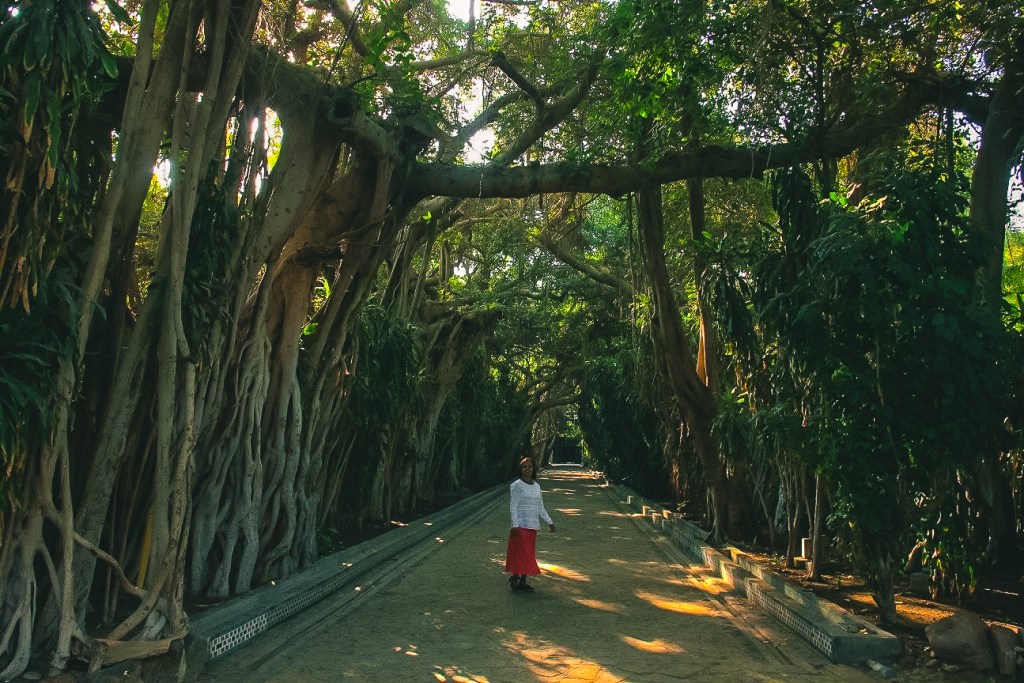
The prince chose Roda Island in Cairo as the location of the Palace because of its beautiful vegetation, where he added banyan trees, cedears, and royal palms, and Indian rubber trees.
The Museum of Prince Muhamed Ali’s Palace in Manila now stands as one of the most important historical museums and sights in Egypt.
A relic from the past and standing the test of time, the tree became a true icon of Zamalek, a sight for sore eyes enjoyed by Egyptians and tourists alike.
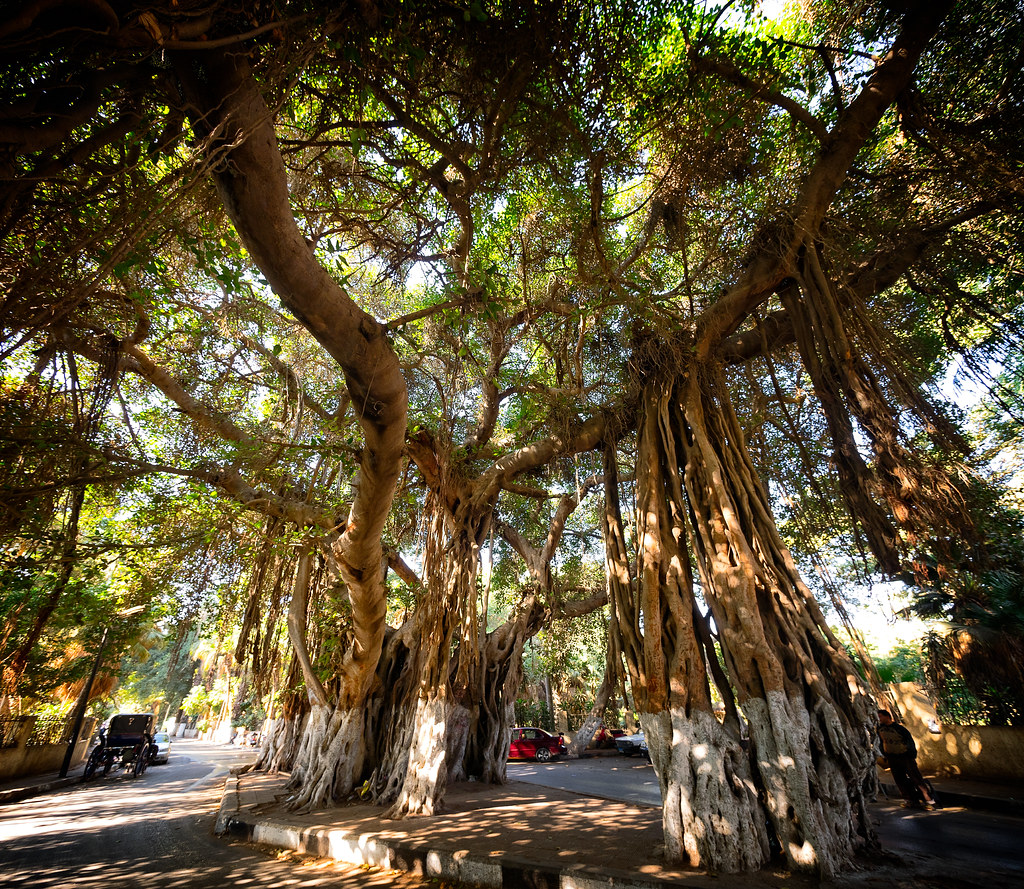




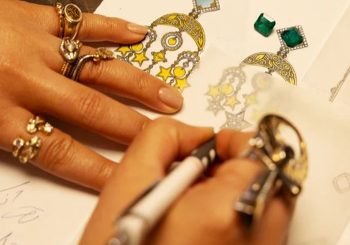
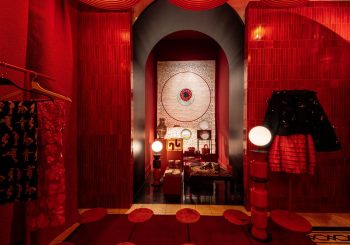
Comments (2)
[…] Then, as now, it remains one of the city’s more gracious enclaves, although I was appalled to hear that a new development is planning to destroy its most precious garden and Banyan tree. […]
[…] Then, as now, it remains one of the city’s more gracious enclaves, although I was appalled to hear that a new development is planning to destroy its most precious garden and Banyan tree. […]